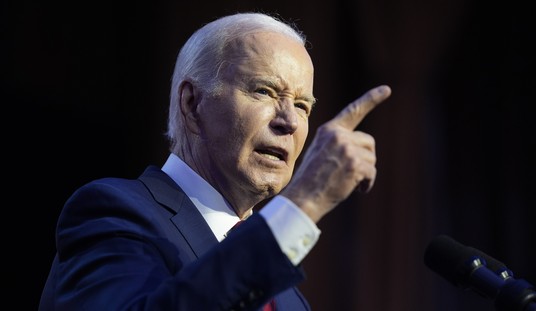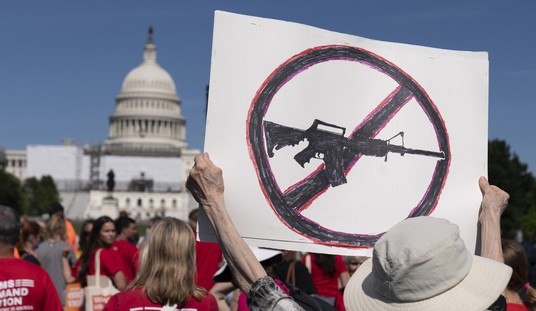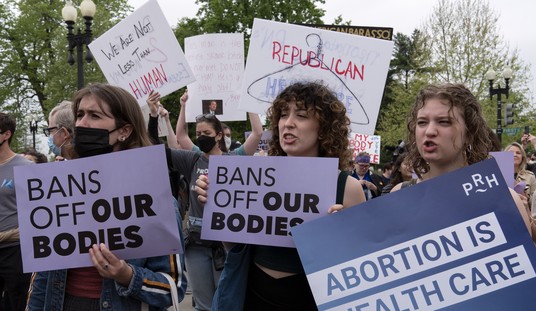
On March 20, the Supreme Court is scheduled to hear oral argument in a case with a relationship to abortion- National Institute of Family and Life Advocates (NIFLA) vs. Becerra. In 2015, the California legislature enacted a law called the Reproductive FACT Act. Because they like anagrams, the “FACT” stands for “Freedom, Accountability, Comprehensive Care and Transparency.” The law targets what are known as crisis pregnancy centers (CPC) which are non-profit, often Christian organizations opposed to abortion. Based on selective testimony, the California legislature determined that these CPC were providing pregnant women with inaccurate or misleading information about their “options.” Those options were actually a single option- abortion.
Two requirements are imposed on these CPC. First, any CPC licensed by California to provide medical services like pregnancy tests or ultrasound exams must visibly post a notice informing clients- often poor women- that free or low cost abortions are available, and to provide a telephone number for the clients to reach these state agencies that provide free or low cost abortions. Centers not licensed to provide medical services such as those that provide adoption counseling or provide free formula, diapers and other needs must, in thirteen languages, display a disclaimer that the center does not provide medical help. Any violation can result in a $500 fine for the first offense and $1,000 fines for every subsequent offense. Either the California Attorney General can bring the charges, or local law enforcement.
The legislature noted in their findings which accompanied the bill that more than 700,000 California women become pregnant every year and that half of these pregnancies are unintended. They justify the bill stating that of those 350,000 who happen into a CPC, they are being provided with inaccurate or misleading information about their options. The preamble to the bill states that they receive inaccurate “information about their reproductive rights” and how to “exercise those rights.”
The law was challenged by, among other groups, NIFLA who contend that the law’s requirements of, in effect, advertising free or low cost abortion is in conflict with the message they wish to convey. Further, the law applies only to a CPC opposed to abortion and singles them out for enforcement. As for the unlicensed CPC, they contend the law requires that it makes it difficult or impossible to convey their pro-life message and forces them into making a statement at odds with their mission.
The District Court and the Ninth Circuit Court of Appeals (surprise) dismissed these claims primarily by using a lower standard of review. At the very least, since the First Amendment’s Free Speech Clause is implicated, NIFLA contends that a more exacting level of scrutiny- strict scrutiny- should apply in analyzing this law. The Ninth Circuit refused to weigh in on the Free Exercise Clause allegations of NIFLA.
NIFLA contends that if strict scrutiny were applied, the law could not survive. Besides placing great burdens on these centers, the California legislature could not provide any evidence that they were causing any harm. Further, it applies to centers even if they are not doing anything demonstrably misleading. Finally, if the state were truly concerned, instead of targeting these centers, the state should advertise state-funded options themselves.
California counters that mostly poor women go to these centers and are not aware of the options available to them. Once there, they receive misleading advice from medical professionals. They argue that the requirements are well within the rights of California to regulate the “practice-related” speech of licensed facilities. As for the unlicensed ones, the regulations are required to avoid confusion about the nature of the care.
California is portraying this as a content-neutral law and regulation of a licensed entity. They contend that since the law merely requires the posting of a sign, they are not forcing any member of that CPC to provide an abortion, encourage abortion, or even provide contraception (although the sign also advises that free or low cost contraception is available through state agencies). To wit, they note that the requirements are minimal:
- they are just required to post the sign;
- they require nothing of any employee;
- the notices are factual and advisory;
- the signs do not advocate anything.
We can discount all these arguments. Merely requiring the posting of a sign, which sounds like a benign act, is akin to the required postings in most places of employment regarding harassment, overtime pay, OSHA and child labor. In this case, however, the state is mandating the placement of a sign advising clients, whether poor or not, of an action completely at odds with the stated mission of these centers. In the other cases, there are federal laws against harassment, overtime pay, worker safety and child labor.
Although they may not require anything of any employee (for example, they do not stipulate that an employee tell a client of abortion options) consider this scenario. A pregnant woman walks into one of these clinics, sits down and sees the sign. They then ask the receptionist or professional what it means. Considering the fact that the California legislature considers these women so stupid from the start, what is the receptionist or professional to answer?
While the notices are advisory in nature, the mere fact they are required in places opposed to the advice on the notices is a form of compelled speech. The allegation that they are factual, advisory, and do not advocate anything rings kind of hollow considering there is an exception in the law for any CPC that enrolls clients in the no or low cost abortion services provided by the state. In short, the California law is endorsing abortion services for poor women by using these CPC as a new conduit towards their services.
In essence, NIFLA is arguing that they should not be used as a tool, conduit and advocate of these state-provided services gussied up in the language of “transparency” and “informed consent” guidelines. Conversely, the state’s argument is that as a licensed entity, they have a right to regulate that entity as they deem necessary. They do so under the guise that a lower standard of scrutiny, since adopted by the Ninth Circuit, is the correct one since it is the state regulating commercial speech.
No one denies that the state can regulate commercial speech. For example, food labeling and informed consent requirements are somewhat acceptable provided they are neutrally applied. First, this law is not neutrally applied since it targets a particular subset of the over 200 CPC in California. Second, a lower standard of scrutiny applies to commercial speech. The targeted CPC under this law are all non-profit entities that take not a single dime from any client. Unless the mere walking through a front door of a clinic now qualifies as “commercial speech,” this argument is specious from the start. Perhaps the state can overcome this nonsense by arguing that the regulation is of paramount importance. In that case, there are much better ways to communicate that importance rather than forcing those who disagree with the state into communicating the options. If we agree with the state’s argument, then every non-profit from the United Way to the Baptist and Catholic Churches engage in commercial speech and can have their messages regulated by the state.
If left to stand, what is to stop a state from forcing any licensed entity no matter its mission into communicating state-selected products and services, even if they oppose them for legitimate, moral or religious reasons. The state can simply expand the list of “professionals” over time and compel them all to say something in their employment capacity.
Compelling people to speak the government’s preferred message is Orwellian and compelled speech is always dangerous, even outside the abortion debate. It places the greater weight on the government’s viewpoint to the exclusion of others to spread a preferred message. It is interesting to note that California has no law requiring an abortion clinic to advise clients of adoption services.
The only way the state can sustain this law is under a lowered standard of scrutiny. They know it cannot withstand strict scrutiny because they cannot prove there are less restrictive ways to serve what they consider to be a compelling government interest. In fact, the only compelling government interest here seems to be steering women towards abortion. Considering that most of those they claim to protect- the poor and minorities- it also smacks of racism and the eugenic suggestions of Margaret Sanger.
This case may very well be decided based on the level of scrutiny required in these types of instances without the Court setting clear and definitive guidelines. If they decide that strict scrutiny should apply, then it will most likely be remanded to the lower courts with directives to apply strict scrutiny. Being California and being the Ninth Circuit, this case may yet revisit the Supreme Court in the near future. They would be well-advised to set clear parameters and call out this law for what it is- a state-condoned message advocating death over life.














Join the conversation as a VIP Member